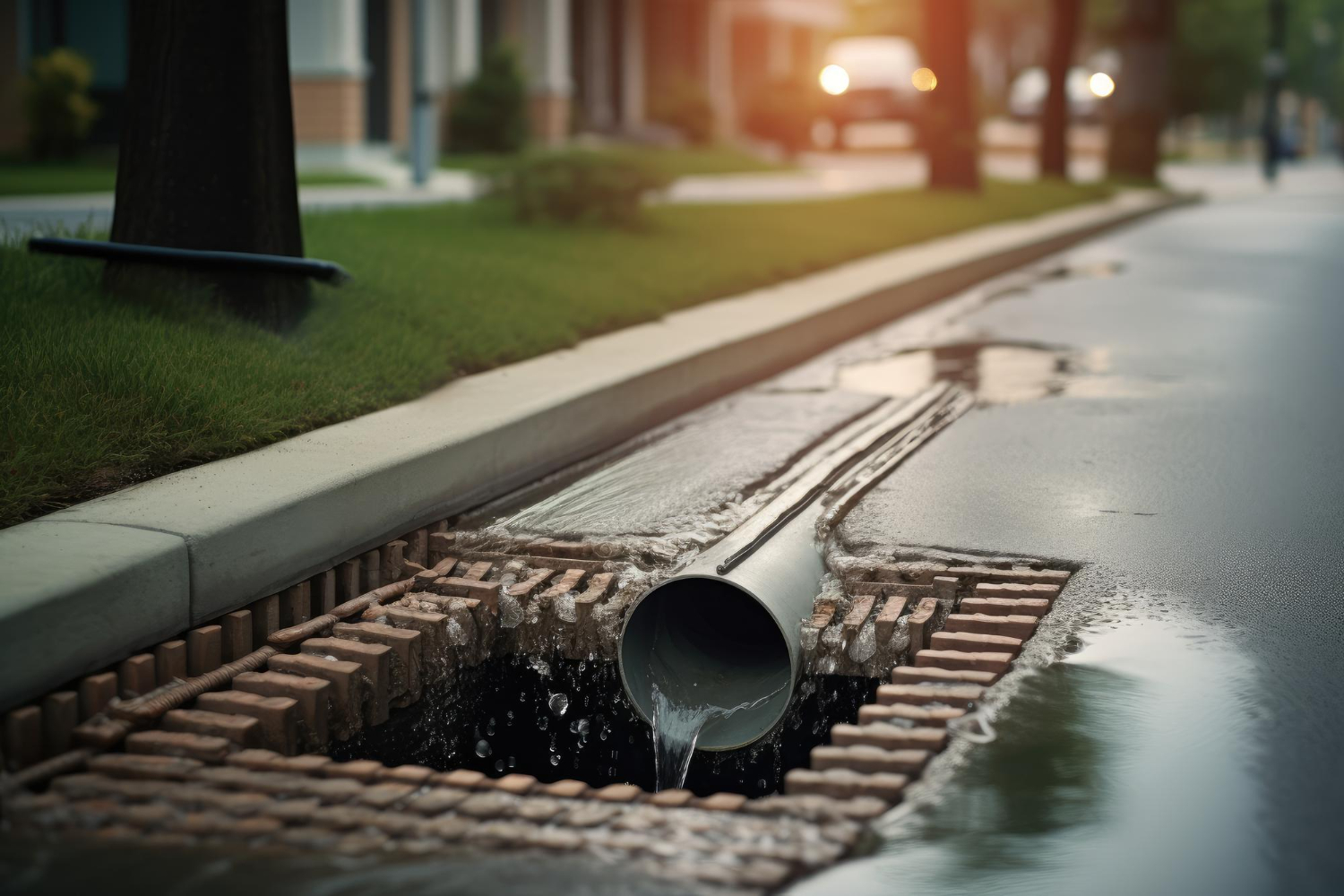An efficient wastewater management system is a cornerstone for maintaining public health and environmental safety in modern society. At the core of this system lie two fundamental components: drains and sewers. Often, the terms are used interchangeably; however, understanding the distinction between the two is vital for better infrastructure planning and maintenance. This article delineates the differences and connections between drains and sewers, offering a deeper insight into their roles in urban development.
DRAINS
A drain is a conduit that transports water from one place to another. This could be from a residential home or a commercial building as well as a farm or rural property.
Types of Drains
- Surface Drains: These remove water accumulating on the ground, preventing flooding and ponding.
- Trench Drains: Usually found in parking lots, driveways and walkways. They are usually covered by a grate and help quickly evacuate water from low lying areas.
- French Drains: Usually found just below the surface. They will have a perforated pipe to allow water to seep into the pipe and be moved away to a destination of choice. Ideally they will not have grass covering them.
Typical Locations found & Maintenance
Drains can be located anywhere. Especially areas that have issues with water pooling or freezing. Maintenance is the responsibility of the property owner and should be completed on an annual basis unless known problems.
SEWERS
Sewers are a network of underground pipes that connect residential & commercial properties to the wastewater management system.
Types of Sewers
- Sanitary Sewers: Transports wastewater from homes and businesses to sewage treatment facilities.
- Storm Sewer: Transports surface and rainwater from homes and businesses to discharge points in the local ecosystem.
- Combined Sewers: Combined sanitary and storm sewers that transport wastewater and surface and rainwater to sewage treatment facilities.
Typical Locations Found
- Residential and commercial properties.
- Underneath roadways and sidewalks.
Responsibility for Maintenance
- Private storm and sanitary sewers are the responsibility of the property owner.
- Sanitary and Storm mains are looked after by municipal governments.
COMPARISON BETWEEN DRAINS AND SEWERS
Similarities
Drains and sewers both play a pivotal role in water and wastewater management. They help prevent flooding and safely transport wastewater to appropriate treatment facilities.
Differences
Design and Structure
- Drains: Usually smaller and cater to individual properties.
- Sewers: Larger, more complex systems that combine the outputs of multiple drains.
Function and Utility
- Drains: Direct water and waste away from a single source.
- Sewers: Collect and channel wastewater from multiple sources to treatment facilities.
Maintenance Responsibilities
- Drains: Maintained by property owners.
- Sewers: Managed and maintained by city or municipal entities.
Common Issues and Solutions
Both drains and sewers can become blocked or collapse. Proper maintenance is critical to keeping proper function. If you suspect an issue with either a drain or sewer line, a video inspection or cleaning procedure can be completed to help alleviate any problems. Additionally, these methods provide a clearer understanding of the underlying issue, ensuring that the appropriate solution is applied effectively. Consequently, you can address the problem with confidence and prevent further complications.
CASE STUDIES OR EXAMPLES
Successful Drain and Sewer Systems Globally
Modern cities such as Singapore and Copenhagen have been widely lauded for their efficient and sustainable wastewater management systems. For instance, they incorporate effective drains and sewer networks to ensure optimal functionality. Furthermore, these systems exemplify how innovation and planning can address urban water challenges. As a result, they serve as models for cities around the world.
Instances of Failures and Lessons Learned
Historically, cities like London faced significant challenges with sewer management, which led to reforms and the development of more advanced sewerage systems.
CONCLUSION
Understanding the differences between drains and sewers also encompasses knowing what kind of water you are trying to drain. Ground water and rain water can be collected and discharged into the storm system whereas all wastewater from household fixtures and commercial properties needs to be treated through our sanitary sewer system. There is always someone available at BEST to take your call and help explain the differences. A local municipality will be able to offer the proper insight from their perspective as well.
This post was written by Allan
September 6, 2023
Back to Blogs

